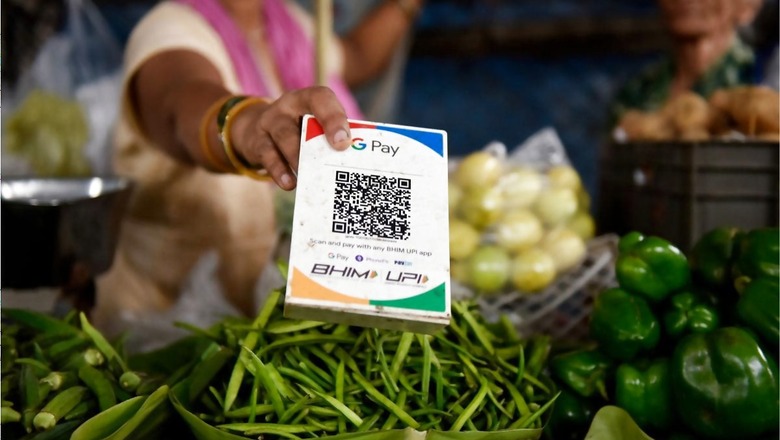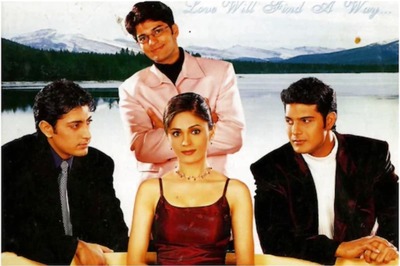
views
Why many see this as part of the digital revolution is also because the daily transactions over UPI have increased by 36 crore now from 24 crore in February 2022 and are expected to touch one billion in the next three years.
The journey began on April 11, 2016, when then Reserve Bank of India (RBI) governor Raghuram Rajan began a pilot programme in Mumbai. In December, Bharat Interface for Money (BHIM) was launched for simple and quick payment transactions using UPI and people learnt to make instant bank-to-bank transfers, pay as well as collect money using mobile numbers or Virtual Payment Addresses (VPA).
Now, in 2023, from ordering food to paying bills, the majority of Indians are using UPI. It is believed that zero merchant discount rate (MDR) and cashbacks offered by third-party players are the primary drivers of UPI payment adoption.
But much before UPI began to change the payment methods, it faced bizarre criticism from former finance minister P Chidambaram. He once said in Rajya Sabha: “A young lady wants to buy lingerie. Why should there be a record? A young couple wants to take a secret holiday. Why should that be recorded?”
One example can probably explain why this comment makes no sense. An updated bank passbook include similar details. In fact, even the bank statement features transaction details.
Anyway, there were other concerns about how a small farmer or an uneducated vendor would use digital payment methods or how much time it would take to make sure everyone gets the benefit of UPI equally.
Here we need to know one fact — experts from across sectors have highlighted from time to time that Indians are quite fast when it comes to new tech adoption. A real-life example was seen after the Covid-19 pandemic hit India as the country witnessed rapid UPI adoption.
During the peak of the pandemic, the government announced necessary preventive measures to limit the spread of the virus and also urged for cashless payment methods. As a result, a massive section of the population began using UPI instead of cash and it led to a fast growth in digital payments in India.
Small vegetable sellers, street vendors and every retailer began to accept consumer payments made using UPI. Since a sender can transfer the fund to a recipient easily using a UPI QR code or BHIM UPI ID, this trend became a habit in almost the entire country.
Yes, some people are quite reluctant to use digital payment options — possibly due to the fear of being scammed or simply because they do not understand it completely — but many believe that with time, some of them may also become part of the UPI revolution.
Internationally speaking, 13 countries have signed MoUs with India to adopt the UPI interface for digital payments. For example, Bhutan became the first nation to adopt UPI standards for its QR deployment in 2021. It was also the first country in our immediate vicinity to accept mobile payments via the BHIM App. Meanwhile, India and Singapore have recently linked UPI and PayNow to enable instant and low-cost fund transfers.
Additionally, Malaysia, UAE, Nepal and France are some other countries that already accept UPI payments.
So, as Indians are abandoning cash and traditional banking payment methods, the availability of UPI has led many to believe that it has helped create a gateway to the fin-tech revolution in the country.
At present, over 300 banks are live on UPI, up from 35 in 2016. Apart from banks and credit card companies, a slew of new players have entered the fray, making things easier for citizens. It should be noted here that non-banking apps such as PhonePe, Google Pay and Paytm are now dominating the UPI ecosystem, while ZestMoney-like companies have emerged as credit card alternatives.
The growth of this ecosystem has helped citizens opt for hassle-free digital options. Additionally, the digital ecosystem has also solved the issue of ensuring that government subsidies reach their intended recipients without leakage or intermediation.
Read all the Latest India News here















Comments
0 comment